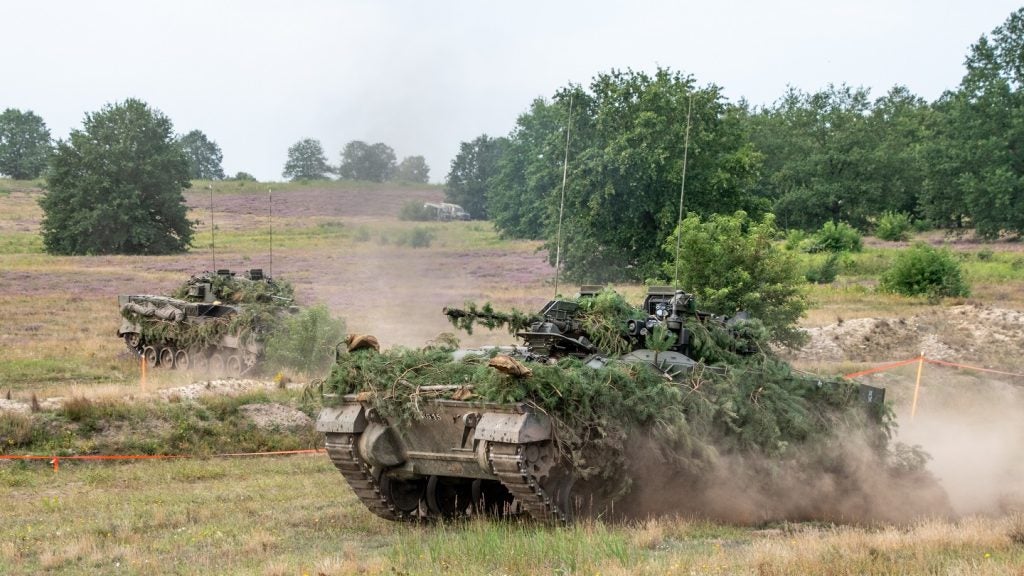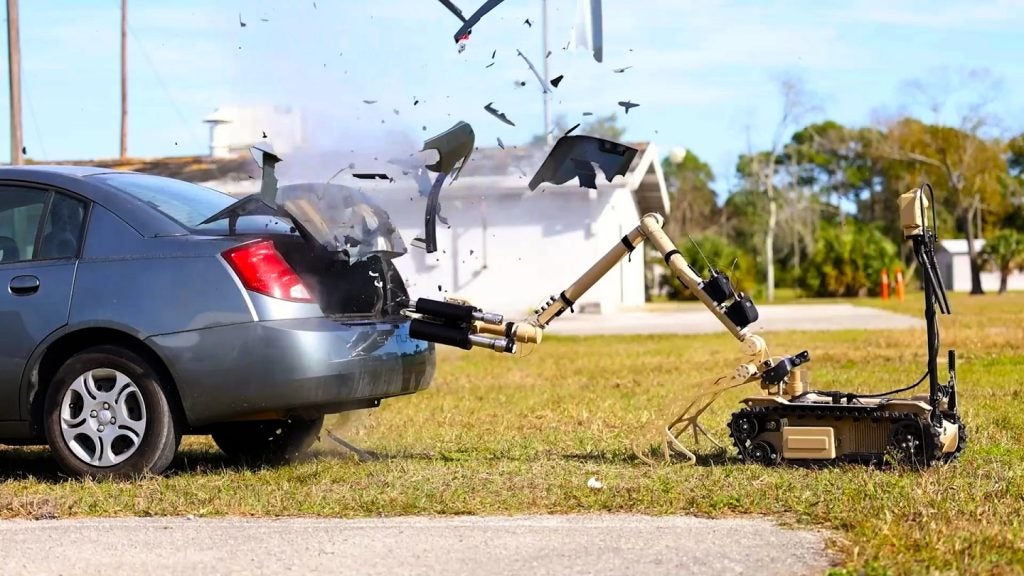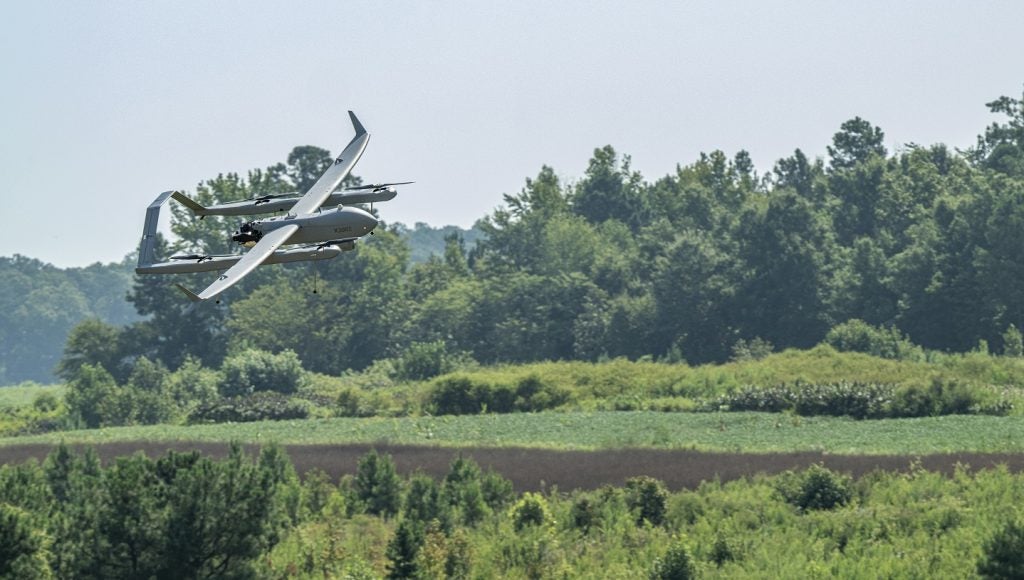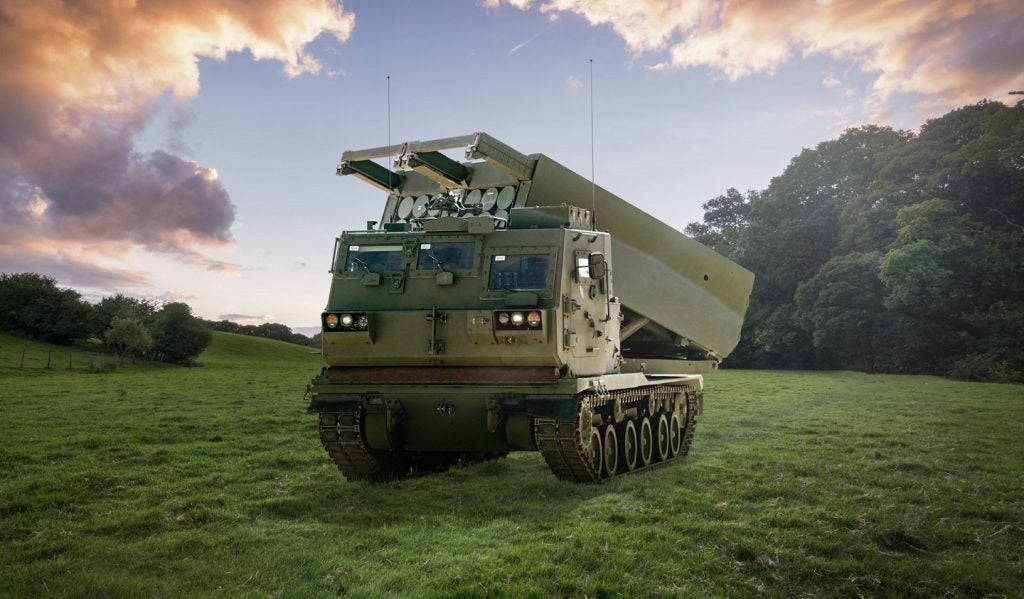
Oshkosh Defense announced that the US Army has selected its team’s design proposal for a future Robotic Combat Vehicle (RCV) through the Ground Vehicle Systems Other Transaction Authority.
The Army aims to employ RCVs as scouts and escorts for manned fighting vehicles. They would deter ambushes and guard the flanks of mechanised formations.
Previously in May 2023, Oshkosh Defense and Pratt Miller Defense – both Oshkosh Corporation subsidiaries – alongside Qinetiq, a British defence tech manufacturer, submitted a proposal for the US Army’s future RCV.
Now, among four other competing designs, Oshkosh will deliver two platform prototypes for testing as part of the programme’s first phase by August 2024. After which, the Army has announced its intent to select one vendor for the second phase: Full-System Prototype Design and Build, in FY2024.
The tracked, autonomous vehicles will support varying payloads and advanced weapons systems through scalable, mission-focused modularity. Oshkosh will showcase the RCV capabilities from 9-11 October at the 2023 AUSA Annual Meeting and Exposition.
The US Army has acknowledged the demanding requirements of autonomous vehicles since it announced the RCV programme in 2019.
“Our RCV is informed by years of customer feedback and tailored to meet the needs of the Soldier,” Pat Williams, Chief Programs Officer for Oshkosh Defense, continued. “We look forward to continuing our partnership with the Army to deliver a soldier-centred, purpose-built solution.”
An unmanned, autonomous scout-and-escort role
Future RCVs fill a capability gap for the US Army as these systems will perform scout areas to deter ambush, while also escorting infantry fighting vehicles in the field.
The US is learning lessons from Ukraine – where numerous American-manufactured Bradley Infantry Fighting Vehicles have been destroyed and left abandoned in the so-called ‘Bradley Square’, in the southern Zaporizhzhia region.
In June, the state-controlled Russian news agency Tass quoted a French media outlet reporting that out of just one contingent of nine Bradleys, six were wrecked, three were damaged and one was unscathed.
In addition, Tass claimed that on 10 June, “the Russian Defence Ministry reported that Ukrainian troops had lost nine tanks over 24 hours south of Donetsk and in the Zaporizhzhia area, including four Leopard tanks, as well as 11 infantry fighting vehicles, including Bradleys.”
Ukraine’s experience teaches us that RCVs are significant tactical assets the commander employs to perform countermeasures and prevent the loss of infantry units by reducing the chances of surprise attack.








